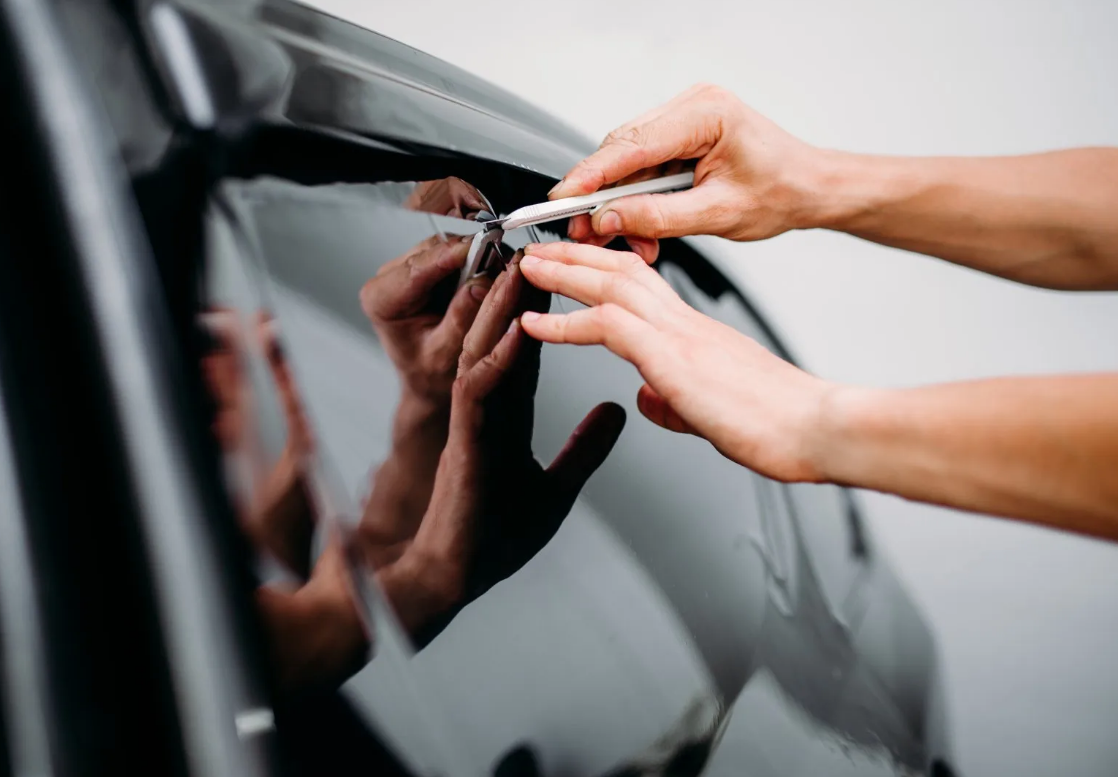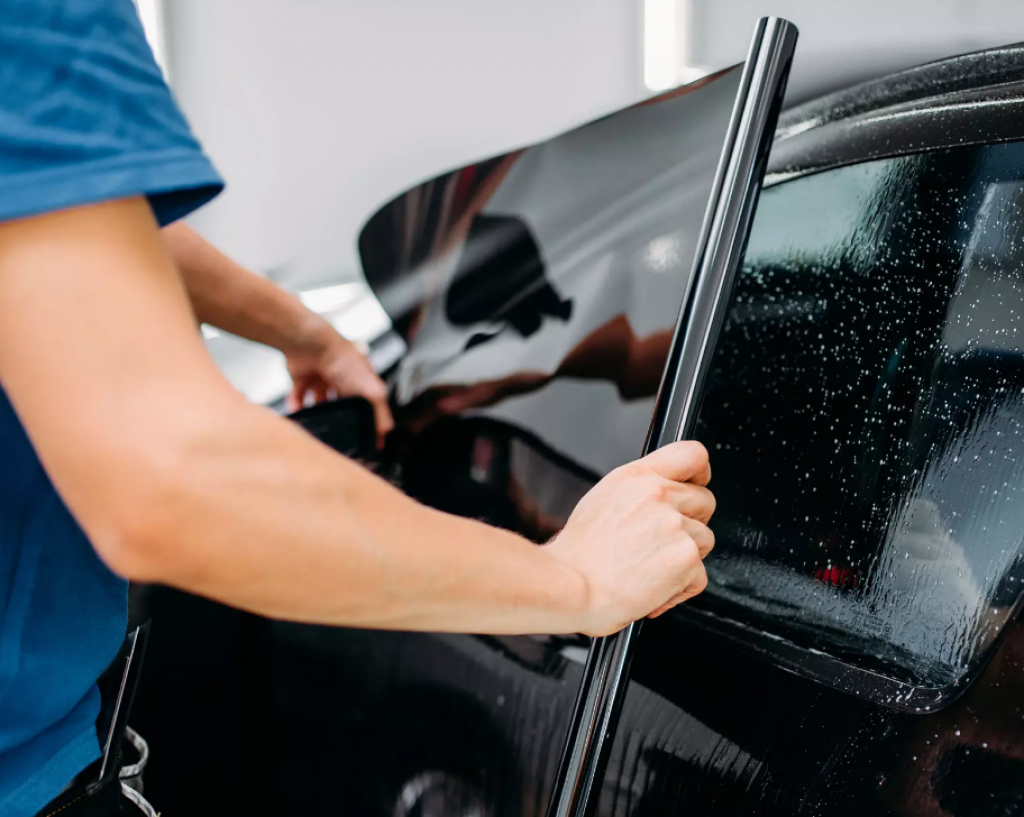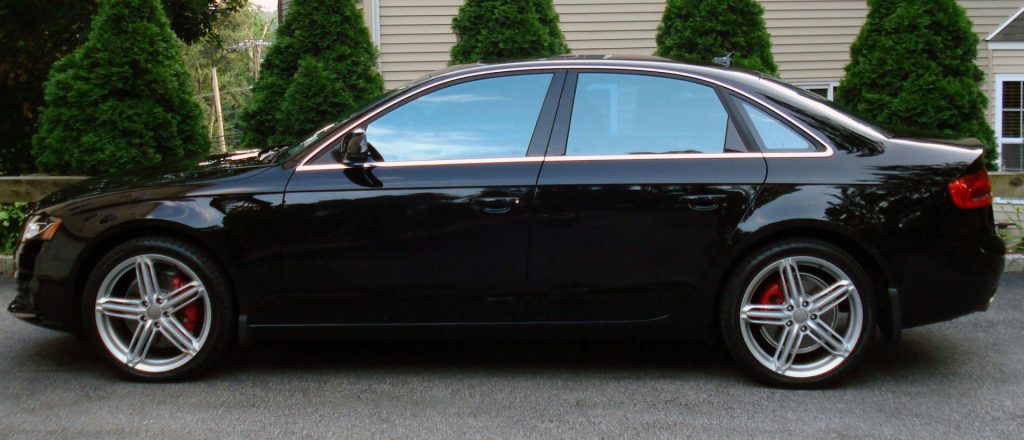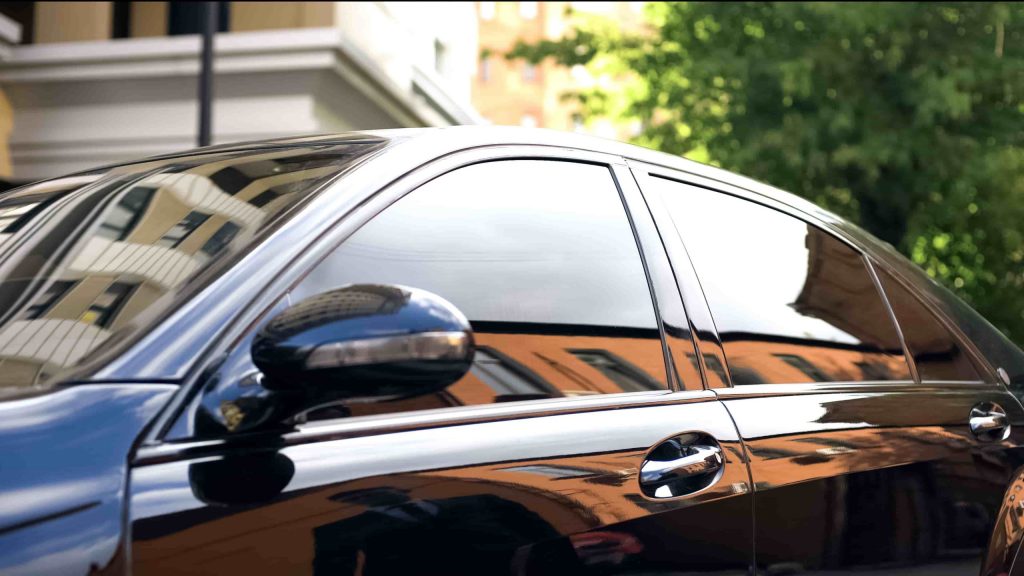
Every car guy/girl out there will give anything he can to have his/her car done to their taste and imagination. Don’t tell me that you don’t have a picture of your dream car somewhere tucked and that you don’t have an idea how it should look if you ever get your hands on one of those. That’s what I thought. We all have an image of our dream car done from top to bottom and there isn’t anything in the world that can stop us from achieving that. Well, nothing except the police.
If you are making your dream car you have to know that not everything you dream about is perfectly legal on the streets. Some engine and suspension modifications can’t pass annual inspections and those laws vary from state to state. That is what we all know more or less, but what hurts us the most is the legal limit to cosmetic upgrades or modifications like window tints.
USA residents have a lot of problems with these (given the fact that you have tints on your car) because what is the legal limit in one state could be subject to a pretty hefty fine in another. If you travel a lot you have to take care of this. To best inform yourself about these laws see here www.windowtintlaws.us.
This article today will sum up those laws and show you what you need to know!
Table of Contents
1. Window tint darkness

img source: abodewindowfilms.co.uk
What most people don’t know is that the percentage of light that goes through your car or truck window is measured in Visible Light Transmission or VLT. The percentage of VLT allowed through your window tint is, as we already stated, is different from state to state but in Texas is something special. Here we have a different set of rules for cars and SUVs and Vans.
Tint darkness for sedans states that:
- Front windshield – you are allowed to tint only the upper side of the front windshield or the top lip that goes to the manufacturer’s AS-1 line and it can be only with 25% VLT tint. If there isn’t an AS-1 line visible then you can measure only 5 inches from the top and that is the spot where the tinted lip must end. That sort of tint has to be again only 25% VLT tint. Both tints on the front windshield must not be more than 25% reflective which is another thing to watch out for.
- Front side windows – with these windows it is important to follow the rule that states that more than 25% of light has to be allowed inside. That has to do something with the side mirrors visible in the night and your ease of maneuvering when backing up in a low light environment or no light at all.
- Backside windows – Here is where it gets interesting. Here you have all the liberty you want and you can use any darkness tint you want, but we all know that we would have a cosmetic problem where one tint is limo dark while the front ones are almost see-through. It’s tough to be a car perfectionist these days.
- Rear windshield – Another interesting thing is going on here where the new law states that you can have any darkness tint you like as long as you have side mirrors. Since all cars now come with standard side mirrors (LOL) you are free to act as you wish. For those that don’t have side mirrors, there is a rule that states only 25% VLT tint is allowed.
Tint darkness for SUVs and VANs:
- Front Windshield – Again here you have to obey that manufacturer’s AS-1 line and you can go any lower than that. The tint must only 25% VLT and if there is no AS-1¸line measure 5 inches from the top and stick the tinted lip there, again with only 25% VLT tint and it can’t be reflective more than 25%. Make sure you watch out for that.
- Front side windows – again thing with side mirrors states that tint on these windows has to allow more than 25% light in but there is something about dual side mirrors and if you have these tint can go a little darker, but again ask around before doing this.
- Back windows and rear windshield – same rules apply as with sedan so every darkness goes as long as you have side mirrors in the case of the rear windshield, if there are no side mirrors 25% VLT tint applies.
2. Window tint reflection

img source: tintingchicago.com
As far as reflection goes there are rules here and you should abide by these rules strictly because every deviation from the law may result in a hefty fine. There are numerous instances where the people didn’t receive a ticket for tints but for reflection that was out of law-specified norms. When it comes to reflection than sedans, SUVs and VANs should have:
- Front side windows – not more than 25% reflectiveness.
- Backside windows – not more than 25% reflectiveness.
3. Other rules and regulations

img source: criminaldefenselawcenterwestmichigan.com
There are some other rules and regulations that should be followed and they also regard tinting your vehicles. These are as follow:
- Side mirrors – we already mentioned this before but it isn’t bad to state again that if your rear windshield is tinted you have to have dual side mirrors which will aid you in maneuvering and better visibility in low light conditions.
- Tint colour restrictions – There are several colour restrictions when it comes to tinting your ride and they apply to colors red, blue and amber. These are the forbidden colors and if you get pulled over with these you will have to tear them down and receive a fine.
- Certificates – when tinting your car, you have to have a certificate that proves legal tinting and it must be placed between the tint and glass on the driver’s side window. This means you cannot go just anywhere to do this; your tint specialist has to be certified for this job.
- Medical exemptions – As of 2019 the State of Texas DMV doesn’t issue medical exemptions for special tints and will not renew old ones. The thing you can do and which the law will accept is to have a doctor’s signature on a document that you have a condition and that you need special tints. You need to keep this in your vehicle and show it to officers if you get pulled over.







